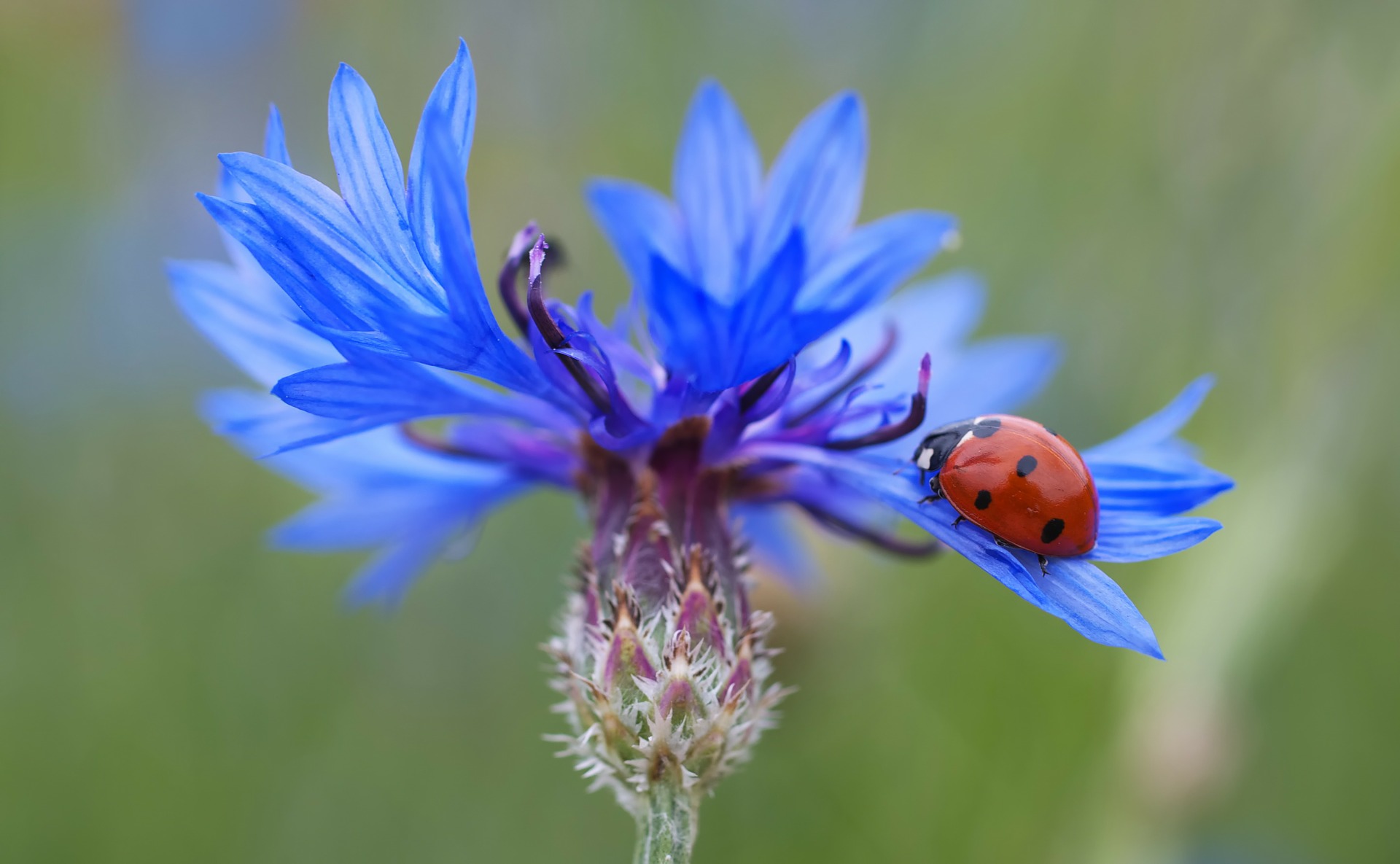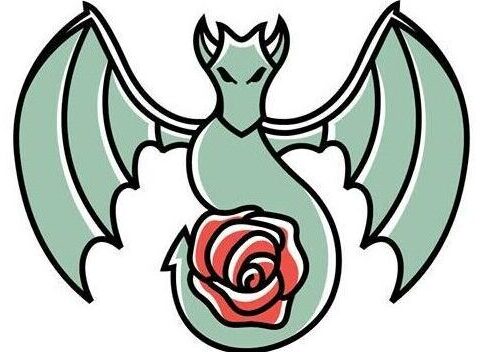
Several years ago, I read about a gardener who bought a box of ladybugs a little too early in the year and accidentally let them loose in her house.
For weeks she walked on tiptoes, afraid to crush the ladybugs — but her houseplants were free of pests. Finally, when spring came around, she was able to open her windows and doors and shoo the ladybugs out. Then her outside plants were free of pests as well.
This is why ladybugs are one of the most popular bugs in gardening: They are definitely bug eaters.
I’ve picked up Asian ladybugs – the large ladybugs that congregate on the sides of houses in the fall – and they start chewing on the skin in the palm of my hands. They don’t bite, they just start scraping, and it tickles. It’s one of those strange ladybug things, I guess.
One of my coworkers kept getting bitten by these Asian ladybugs. “Why do they keep biting me?” he asked me.
“You must have done something to make them mad,” I told him.
We shared the “house full of ladybugs” mentality of the aforementioned garden writer late this spring at the city’s greenhouse, when we began finding ladybugs outside and started bringing them in to see how well they would control pests. The aphids and whiteflies we were trying to control were not bothered by the sprays I was using
It’s too bad we didn’t find those ladybugs earlier. I would have loved to have a few helping me over the winter.
Linda Zoubek, intrepid greenhouse volunteer, used a paintbrush to collect the ladybug larvae, which were as tiny as the small letters on this page. She then would rush them to the greenhouse and release them on the aphid-ridden cosmos.
Once she found the ladybugs and larvae and brought them in, they multiplied fast. And those guys also grew. Pretty soon, ladybug larvae of various shapes and sizes were running around on the cosmos, and they could move fast.
Ladybug larvae are voracious eaters and are shaped like tiny lizards, or Komodo dragons. They are black with two little orange spots toward their head and have a long tail. They start out small, but eventually, through successive molts, they get bigger. Some of the larvae in the greenhouse were about a centimeter long when they went through their final metamorphosis into ladybug form. (Ladybugs, being members of the beetle family, will go through a full metamorphosis: egg, larva, pupa, adult. This part is the pupa stage, similar to the cocoon stage in the butterfly family.)
When they would metamorphose, the larvae would attach themselves to the cosmos stem by their tail and would curl into an upside-down comma. They would seem to bloat a little. Soon, the lower half of them would turn orange, then the upper half.
After about a week or two, the old skin would break down the back and the new ladybug would push itself out. After a short stay, the ladybugs tended to fly away, but some of the ladybugs laid eggs before they left, and pretty soon there were more tiny larvae creeping around.
I enjoyed raising ladybugs and watching them (and their larvae) eat the aphids. As far as we could tell, they preferred aphids but didn’t bother with whiteflies. That’s a shame, but I hear that you can buy tiny wasps to attack them. Hmm! The tiny larvae are still around; apparently, ladybugs lay eggs through the year. My Grandma and I found one late in the year, crawling around on her impatiens. I say, more power to it. We need all the help we can get.


